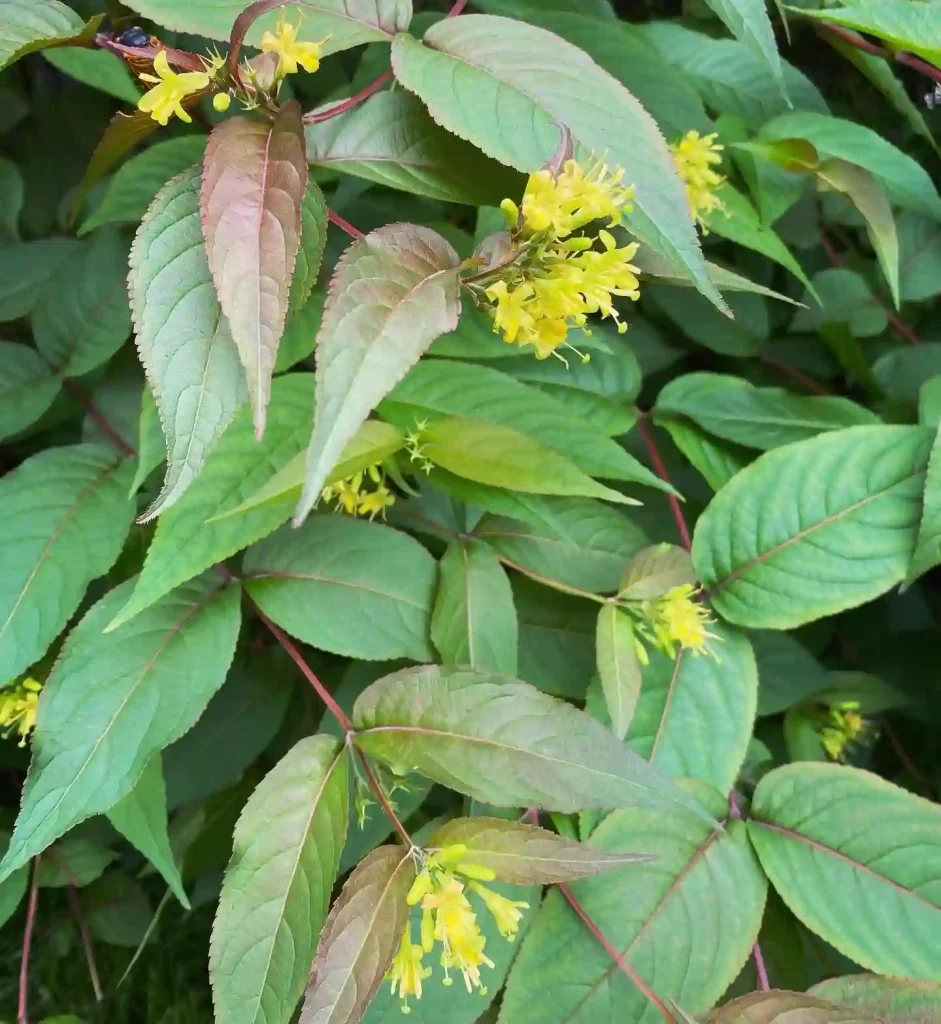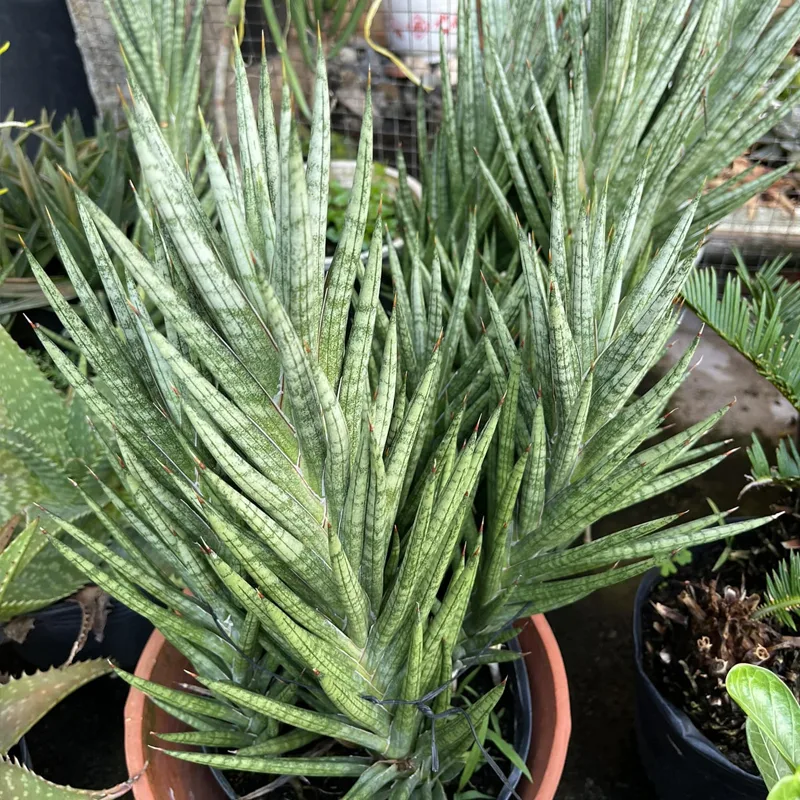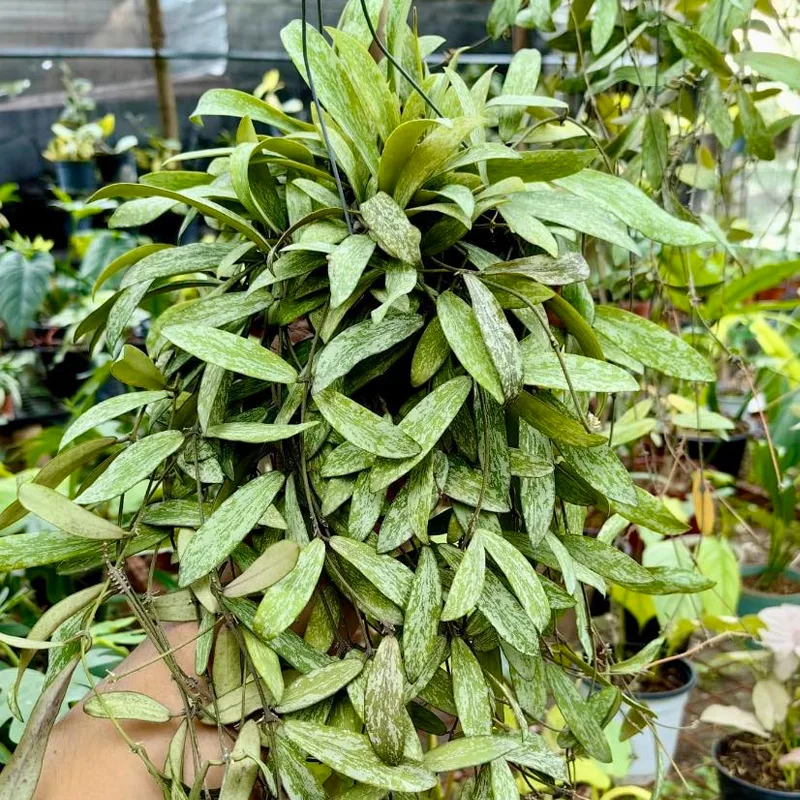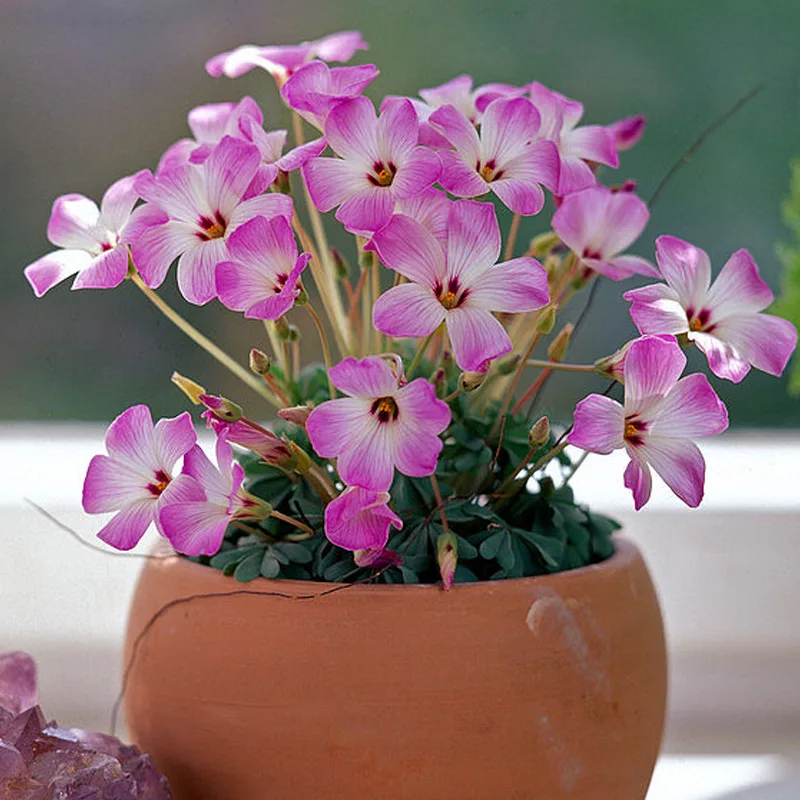FAQs About Billbergia Saundersii
As someone who has spent years cultivating and enjoying the beauty of various plants, I’ve developed a special fondness for Billbergia Saundersii. This striking bromeliad, often known as the “Queen’s Tears,” adds a touch of tropical elegance to any garden or indoor space. If you’re curious about this unique plant, here are some of the most frequently asked questions about Billbergia Saundersii, along with my personal insights.
63 Species in Genus Billbergia
What is Billbergia Saundersii?
Billbergia Saundersii is a member of the bromeliad family, native to Brazil. This plant is known for its rosette of slender, arching leaves that are typically green with bright pink, purple, or red streaks. One of the most captivating features of this plant is its flower spike, which produces cascading blooms in shades of blue, pink, and violet. These flowers can last several weeks, making it a standout in any collection.
How to Care for Billbergia Saundersii?
Caring for Billbergia Saundersii is relatively straightforward, which makes it an excellent choice for both beginners and seasoned gardeners. Here are the key aspects of care:
- Light: This plant thrives in bright, indirect light. While it can tolerate some direct sunlight, too much can scorch the leaves. If you’re growing it indoors, place it near a window with filtered sunlight.
- Watering: Water the plant by filling the central cup, or “tank,” of the rosette. Keep the tank filled with fresh water, and change it regularly to prevent stagnation. The soil should be allowed to dry out slightly between waterings to avoid root rot.
- Humidity: Billbergia Saundersii loves high humidity. If you’re growing it indoors, misting the plant regularly or using a humidifier can help replicate its natural tropical environment.
- Temperature: This plant prefers warm temperatures between 65°F and 80°F. It can tolerate cooler conditions but should be protected from frost.
- Fertilizing: During the growing season (spring and summer), feed the plant with a balanced liquid fertilizer diluted to half strength. Fertilize once a month for the best results.
How to Propagate Billbergia Saundersii?
Propagating Billbergia Saundersii is simple and rewarding. The easiest method is by separating the “pups” that form around the base of the parent plant.
- Wait until the pups are at least one-third the size of the parent plant.
- Carefully remove the pup with a sharp knife, ensuring it has some roots attached.
- Plant the pup in a small pot with well-draining soil and keep it moist until it establishes itself.
This method will give you new plants to enjoy or share with friends!
What to Plant with Billbergia Saundersii?
When considering companion plants, look for species that thrive in similar conditions. Here are a few great options:
- Tillandsia: Another bromeliad, Tillandsia shares similar light and water requirements, making it a perfect companion.
- Orchids: These elegant plants enjoy similar humidity and light levels.
- Ferns: Ferns like Boston ferns or maidenhair ferns thrive in the same humid, indirect light environment, creating a lush, tropical display.
Is Billbergia Saundersii Toxic?
One common question is whether Billbergia Saundersii is toxic to pets or humans. Fortunately, this plant is considered non-toxic, making it a safe choice for households with pets or children. However, as with any plant, it’s best to discourage pets from chewing on it to avoid any potential digestive upset.
What are the Benefits of Growing Billbergia Saundersii?
Growing Billbergia Saundersii offers several benefits:
- Aesthetic Appeal: The vibrant colors and unique shape make it a striking addition to any space.
- Air Purification: Like many houseplants, Billbergia Saundersii helps to purify the air by removing toxins.
- Low Maintenance: Once established, this plant requires minimal care, making it an easy choice for busy gardeners.
Common Problems and How to Solve Them
While Billbergia Saundersii is generally easy to care for, it’s not without its challenges. Here are a few common problems and how to address them:
- Leaf Browning: Browning leaf tips are often a sign of low humidity. Increase humidity by misting the plant or placing it on a tray of pebbles with water.
- Root Rot: Overwatering can lead to root rot. Ensure the soil drains well and allow it to dry out between waterings.
- Pests: While generally pest-resistant, Billbergia Saundersii can occasionally attract mealybugs or scale. Treat these pests with insecticidal soap or by wiping the leaves with rubbing alcohol.
Comparing Billbergia Saundersii with Similar Plants
Billbergia Saundersii is sometimes confused with other bromeliads, such as Aechmea or Neoregelia. While these plants share some similarities, Billbergia Saundersii stands out for its slender, arching leaves and its unique flower spike. Aechmea, for instance, typically has broader leaves and a more upright growth habit, while Neoregelia is known for its rosette of leaves that turn bright red in the center during blooming.
Final Thoughts
Billbergia Saundersii is a captivating and low-maintenance plant that brings a touch of the tropics to any environment. Whether you’re a seasoned gardener or just starting out, this plant offers a rewarding experience with its stunning foliage and long-lasting blooms. By following these care tips and addressing any issues promptly, you can enjoy the beauty of Billbergia Saundersii for years to come.
If i die, water my plants!



